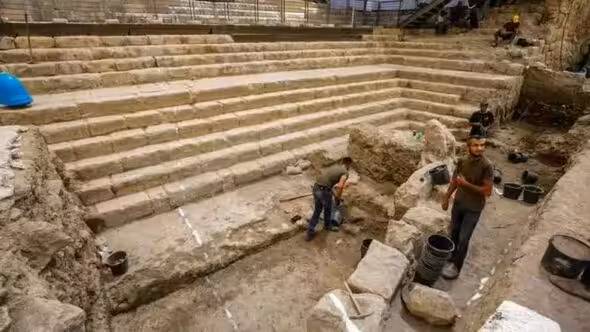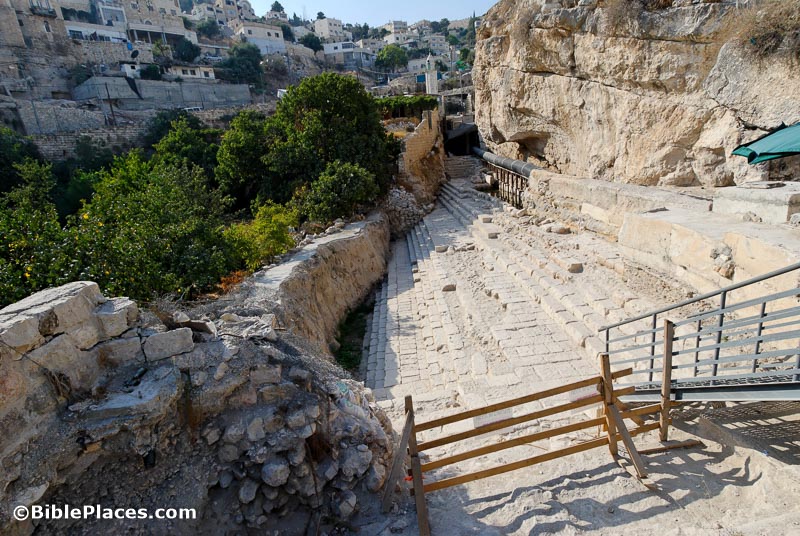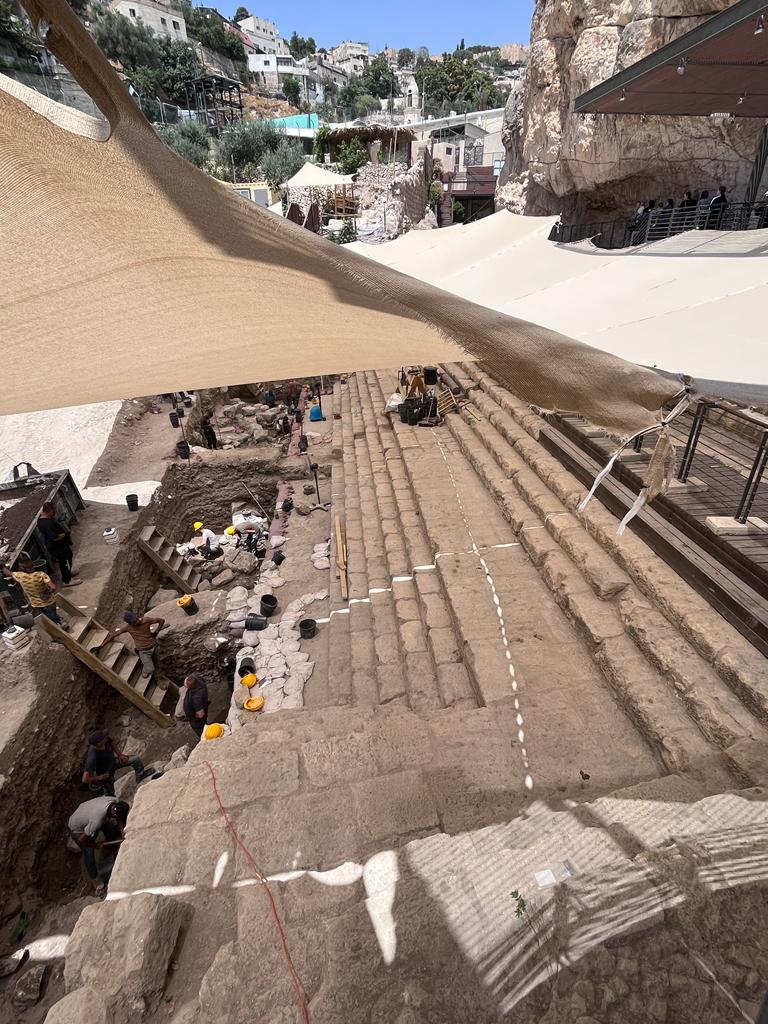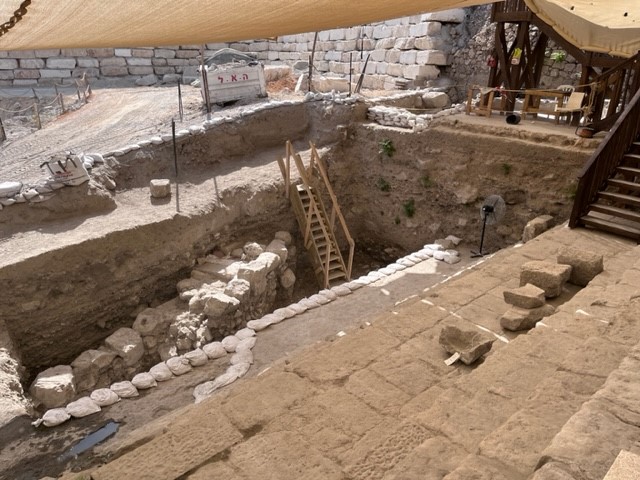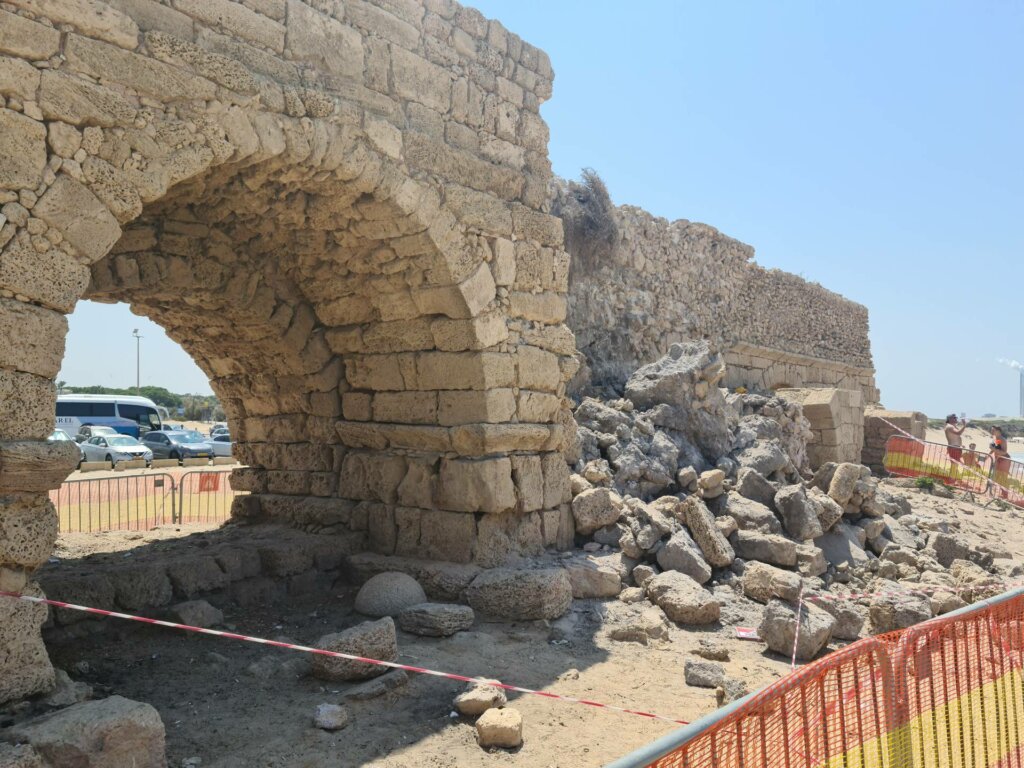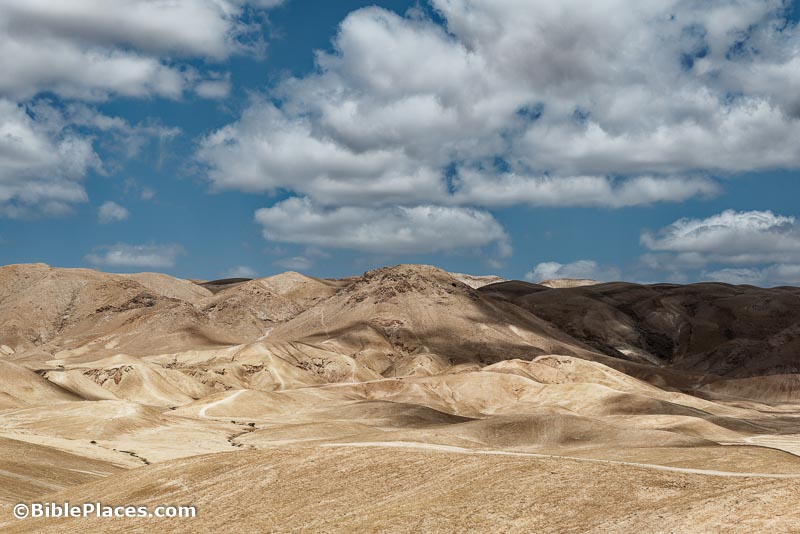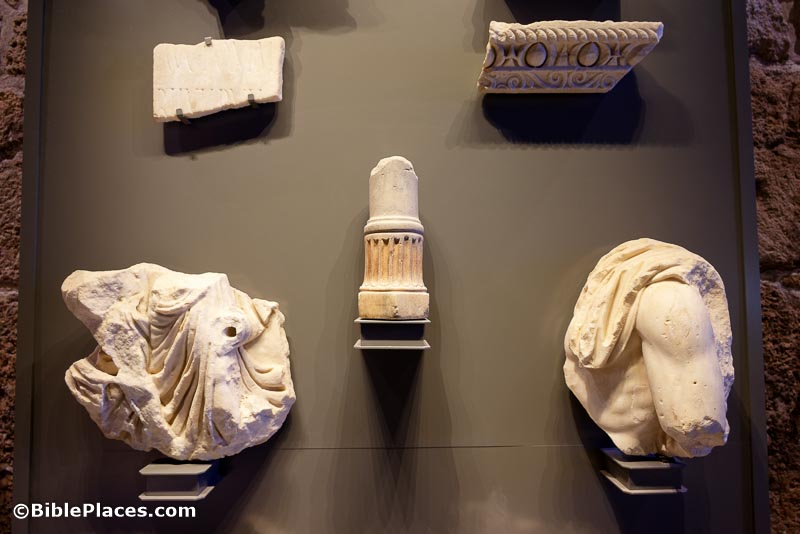Bible Scenes has released a beautiful 3-minute video showing a 3D model of Herod’s Temple. The video was nearly two years in the making, with the assistance of Leen Ritmeyer (who gives some background here). The website has a number of free scenes, and generous permission usage is granted. You can help them create more scenes by becoming a subscriber.
Chandler Collins writes about “some unexpected architectural fragments” discovered in the Jewish Quarter in the 1970s.
The Jerusalem Post has stories about the archaeological site of Magdala and its tourist facilities.
Nate Loper surveys “the historical and archaeological connections between Israel and the Egyptian empire” in the latest episode of Digging for Truth.
Online lecture on Sept 21: “Fact & Fiction in the Empress Helena’s Travels to the Holy Land,” by Julia Hillner. Sponsored by the Anglo-Israel Archaeological Society. Free.
A full recording of the “Conrad Schick and His World” conference is now online. You can find the conference booklet with abstracts here.
Abigail Leavitt reports on the lectures and field trip for a recent conference at Ariel University entitled “Boundaries and Influences in the Archaeology of Israel and the Eastern Mediterranean.”
Today is the Feast of Trumpets, the first day of the significant seventh month in the Jewish calendar. Your calendar probably identifies it as the Jewish New Year (Rosh HaShanah).
HT: Agade, Ted Weis, Arne Halbakken, Keith Keyser, David Padfield, Will Varner
